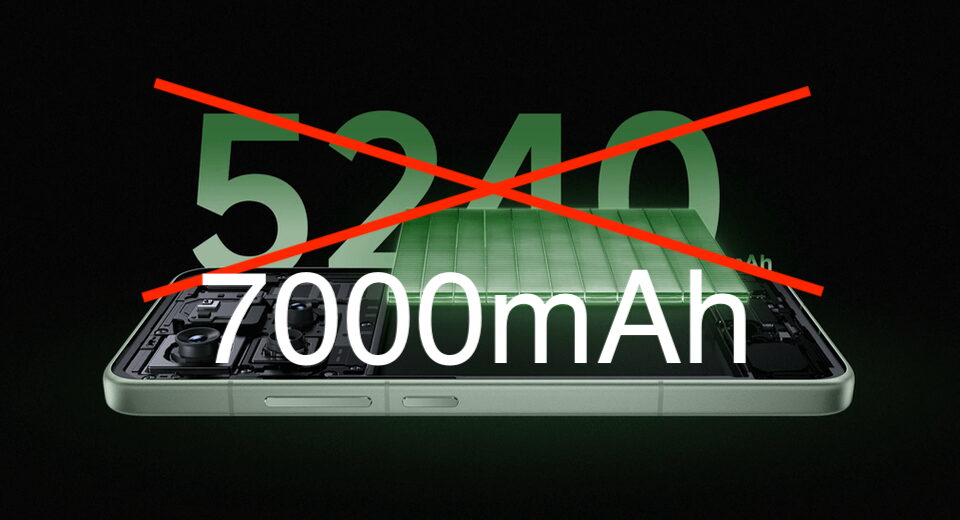What “working” means in the era of AI apps

One of the most common refrains in the generative AI era is that “startups are growing faster than ever” — often with fewer resources. Some notable examples? Per company metrics, Lovable hit $50 million in revenue in just six months, Cursor reported $100 million in revenue in its first year, and Gamma reached $50 million in revenue on less than $25 million raised.
But for the average AI company (not the top 0.1%), what does growth really look like? Pre-AI, a common benchmark for best-in-class enterprise startups was $1 million in ARR in its first 12 months. Consumer companies, by contrast, often delayed monetization well beyond their first year, typically waiting until they had built a base of millions (or tens of millions) of users to monetize through ads.
Based on data across hundreds of companies we’ve seen over the last 18 months, we can definitively say these metrics have shifted. Here’s what we’re seeing among the companies we’ve spent significant time with:
What does this mean for founders?
1. Faster revenue, faster rounds.
Our data backs up the idea that we’re in a new era of startup growth. The median enterprise company in our sample set reached more than $2 million in ARR in its first year, raising a Series A just nine months post-monetization. Median consumer companies performed even better, reaching $4.2 million in ARR and raising an A round within eight months. What was once considered “best in class” — the $0 to $1 million ARR ramp — is now on the lower end of growth we’re seeing.
Given the rapid growth both AI-native B2B and B2C companies are achieving between Seed and Series A, startups looking to raise venture capital need a strong velocity story. If not yet in live commercial traction, then certainly in shipping speed and product iteration. Speed is becoming a moat.
2. The gap between “good” and “exceptional” is growing.
While the bar has been raised across the board, top performers are really pulling away. Many of these breakout companies continue to pick up steam through their first year, rather than seeing growth start to slow (as we often saw in the pre-AI era). There’s demand from both enterprise and consumer users for great products, so it’s worth swinging for the fences.
It’s not just about revenue — other metrics still matter. When evaluating companies at the Series A stage, we often have no more than 12 months of usage and retention data. Later-stage financing rounds will likely rely more heavily on traditional software metrics; rapid top-line growth won’t be enough to compensate for low engagement or high churn.
3. Consumer companies are now…real (revenue-generating!) businesses.
Somewhat surprisingly, the revenue benchmarks for B2C are outpacing those for B2B. This is partially because consumer companies have a different “shape” now. One-third of the consumer companies in our sample raised significant funding to train their own models — and many see a massive revenue jump following new model releases. These spikes often resemble step function growth, which can later plateau until the next release.
While conversion to paid may be lower for generative AI B2C businesses compared to their pre-AI counterparts, our data suggests that once users do convert, they retain just as well.
* * *
TL;DR: Startups are working faster than ever, and both businesses and consumers are demonstrating high willingness to pay for new products. After combing through the data, we believe there’s never been a better time to build an application-layer software company.
What's Your Reaction?
 Like
0
Like
0
 Dislike
0
Dislike
0
 Love
0
Love
0
 Funny
0
Funny
0
 Angry
0
Angry
0
 Sad
0
Sad
0
 Wow
0
Wow
0














































